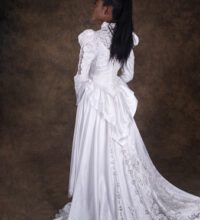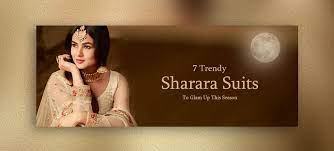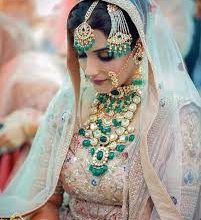Sharara: The trending loving outfit by women.
The Sharara is a traditional garment worn by women in South Asia, particularly in Pakistan and India. It is a long, flowing garment that is usually worn with a dupatta, or scarf, and is often made of a light, flowing fabric such as chiffon, georgette, or silk. It is typically worn at formal events such as weddings, parties, and religious ceremonies, and is considered a symbol of elegance and grace.

EVOLUTION
The Sharara is a relatively recent addition to South Asian fashion, having only gained widespread popularity in the 20th century. However, its roots can be traced back much further, to the Mughal era of the 16th to 19th centuries. During this time, the Mughal emperors, who were of Turkic and Mongol origin, ruled over much of South Asia and introduced a number of cultural elements to the region, including fashion.
It is thought to be inspired by the Mughal garment known as the churidar pyjama, which was a loose-fitting trouser with tight cuffs that were worn with a long tunic. The churidar pyjama was popular among both men and women during the Mughal era, and it is thought that the Sharara evolved from this garment over time.
The Sharara gained widespread popularity in South Asia in the 20th century, and it has since become a beloved and iconic garment in the region. It is often worn at formal events such as weddings, parties, and religious ceremonies, and is considered a symbol of elegance and grace. In recent years, it has gained popularity beyond South Asia and has become a popular choice for formal wear among women of all ages. It is often seen on the red carpet at celebrity events and has become a popular choice for bridesmaids dresses and evening gowns.


FEATURES
Here are some key features of the Sharara:
- Long, flowing design: It is a long, flowing garment that falls to the ground or just above the ankles. Its long, flowing design is intended to provide a sense of elegance and grace.
- Loose, comfortable fit: The Sharara is designed to be loose and comfortable, with a relaxed fit that allows for ease of movement. It is typically made of a light, airy fabric such as chiffon, georgette, or silk, which helps to keep the wearer cool and comfortable.
- Worn with a dupatta: It is traditionally worn with a dupatta, which is a long scarf that is draped over the head and shoulders. The dupatta may be worn in a number of different styles, including over the head and face, or draped over one shoulder.
- Adorned with embroidery and embellishments: It is often adorned with intricate embroidery, beadwork, and other embellishments, which add to its elegance and make it suitable for formal occasions.
- Versatile and timeless: The flowing design and elegant silhouette make it a versatile and timeless garment that can be dressed up or down depending on the occasion. It is suitable for a wide range of formal events, including weddings, parties, and religious ceremonies.
- Variations depending on region: It comes with a wide number of variations, depending on the region and cultural traditions of the wearer. In Pakistan, it is often worn with a kameez, which is a long, fitted tunic, and in India, it is often worn with a kurta, which is also a long, fitted tunic.


However, the Sharara has faced criticism from some quarters for its association with traditional gender roles and expectations. In some parts of South Asia, the Sharara is seen as a symbol of a woman’s modesty and respectability, and is often worn by married women as a sign of their status. Some critics argue that this association reinforces harmful gender stereotypes and puts pressure on women to conform to traditional roles.
Despite these criticisms, the Sharara remains a beloved and iconic garment in South Asia and beyond, and is likely to continue to be a popular choice for formal wear for years to come. Its enduring appeal lies in its versatility, elegance, and ability to flatter a wide range of body types, making it a beloved choice for women of all ages and cultures.




